Por Pedro A. Duarte - Agência FAPESP - 12 de novembro de 2024 - Publicado…
Fotógrafo coletou imagens do volume de lixo para mostrar quanto desperdício o ser humano pode gerar
Prefira embalagens plásticas recicláveis e biodegradáveis que atendam normas brasileiras da ABNT. Exija sua certificação e selo correspondente impresso.
Para os oxibiodegradáveis a certificação ABNT é a PE-308.01
Para os compostáveis a certificação é a ABNT é a 15448-2:2008
A Photographer Collected Four Years Worth Of Trash To Show Just How Wasteful Humans Can Be
“We’re often told about the quantity of waste we produce, but I think the impact of pictures can be much powerful than words,” Antoine Repessé explains.
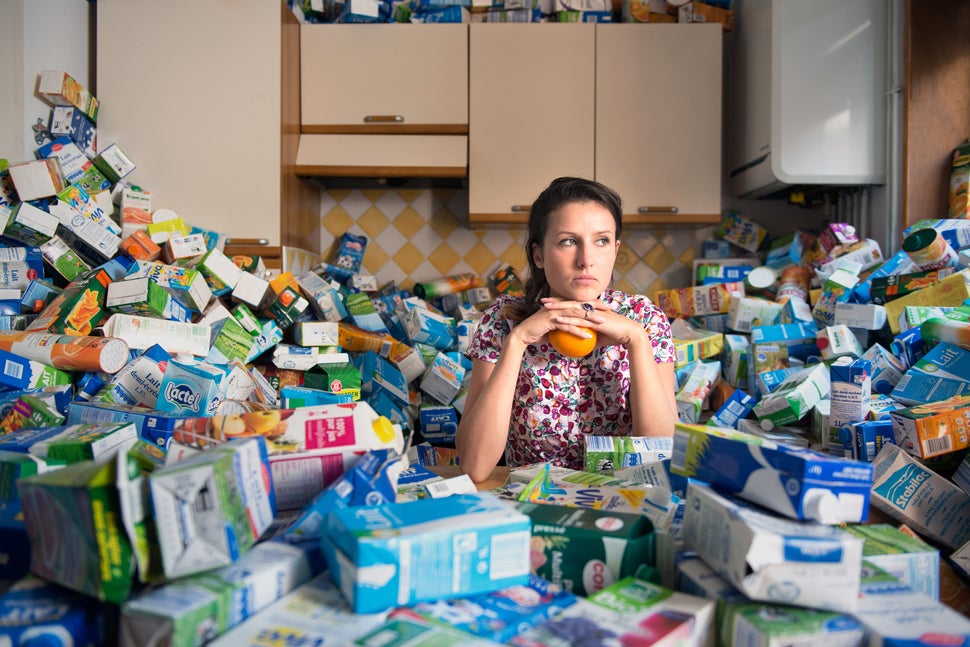
In 2011, self-taught photographer Antoine Repessé stopped throwing things away. Along with 200 friends and colleagues, he accumulated around 70 cubic meters (or 18,000 liquid gallons) of recyclable waste. After he filled his flat in France to the brim with toilet rolls, newspapers, water bottles, cans and boxes — he organized a photo shoot.
“We’re often told about the quantity of waste we produce, but I think the impact of pictures can be much powerful than words,” Repessé told The Huffington Post. And so he enlisted friends to pose amongst the heaps of trash that encrusted his floors and stretched up the walls like massive, invincible creatures. The series, titled “#365 Unpacked,” shows the invisible aftermath of our consumerist habits, a disturbing vision of the messes often kept out of sight and out of mind.
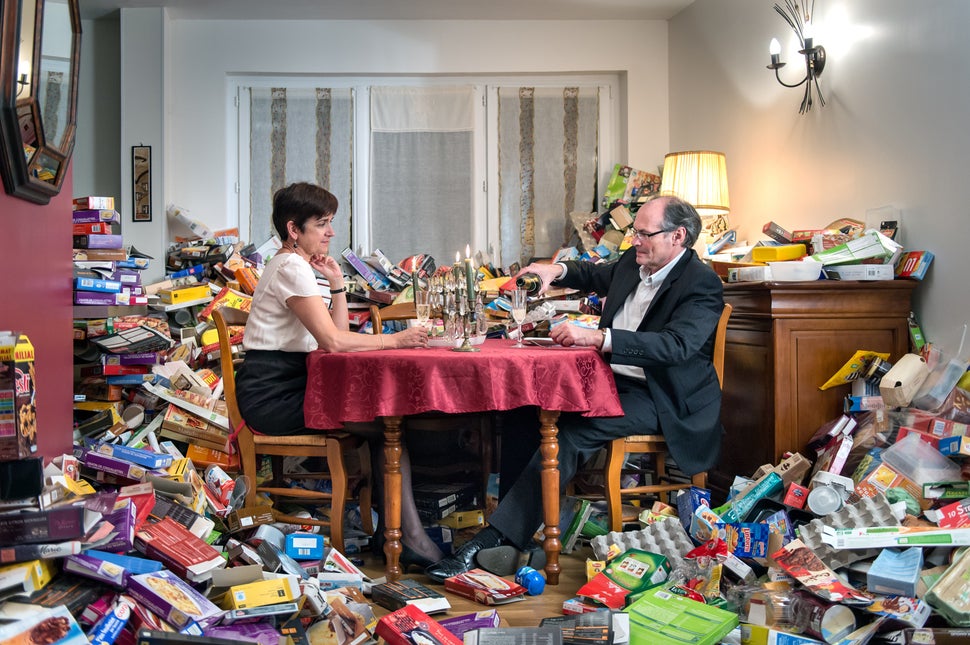
The most confounding aspect of Repessé’s project is not the substantial quantity of recyclable waste he and his friends collected themselves. The truly scary part is that many of us would end up with 1,600 milk bottles, 4,800 toilet rolls, and 800 kilograms of newspapers in our homes if we too took the time to acknowledge the materials we waste every day.
“I was interested in how an object can loose its singularity when you don’t use it as something single but as a part of something massive,” the artist said. “If you use the same shape so many times it becomes something very different from what it was before.”
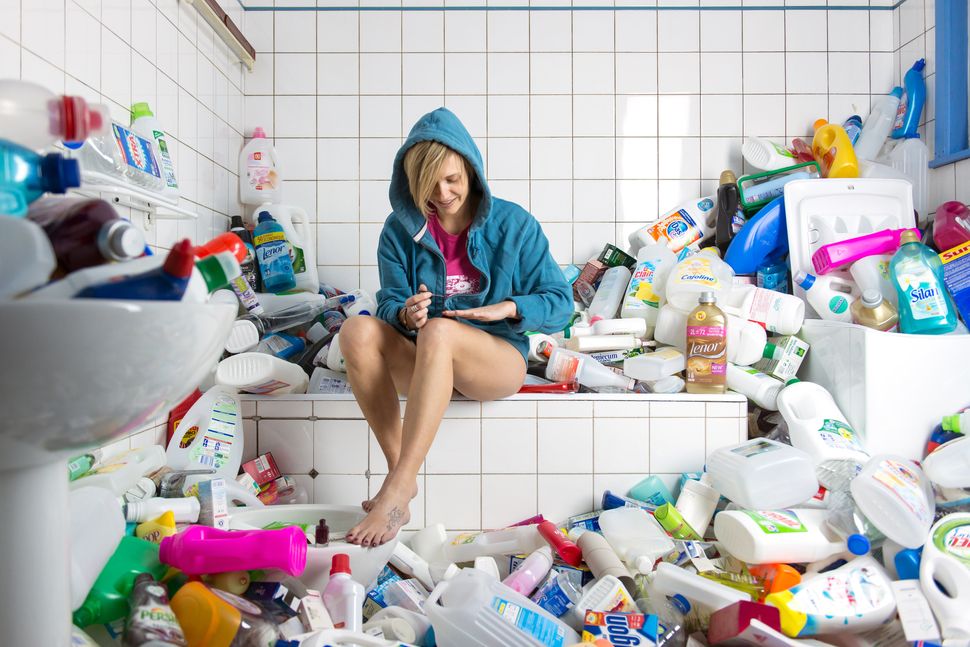
The series is reminiscent of Chris Jordan’s 2004 “Intolerable Beauty: Portraits of American Mass Consumption,“ in which massive dumps of cell phones, crushed cars and circuit boards are framed to resemble dizzying landscapes at once disturbing and beautiful.
“As an American consumer myself, I am in no position to finger wag,” Jordan told The Huffington Post, “but I do know that when we reflect on a difficult question in the absence of an answer, our attention can turn inward, and in that space may exist the possibility of some evolution of thought or action. So my hope is that these photographs can serve as portals to a kind of cultural self-inquiry. It may not be the most comfortable terrain, but I have heard it said that in risking self-awareness, at least we know that we are awake.”
Whether Repessé’s photos leave you dazzled, horrified, or somewhere in between, hopefully they’ll bring you pause the next time you throw out an empty cereal box or soda can, thinking about where the little guys will end up, and just how many friends will be waiting.
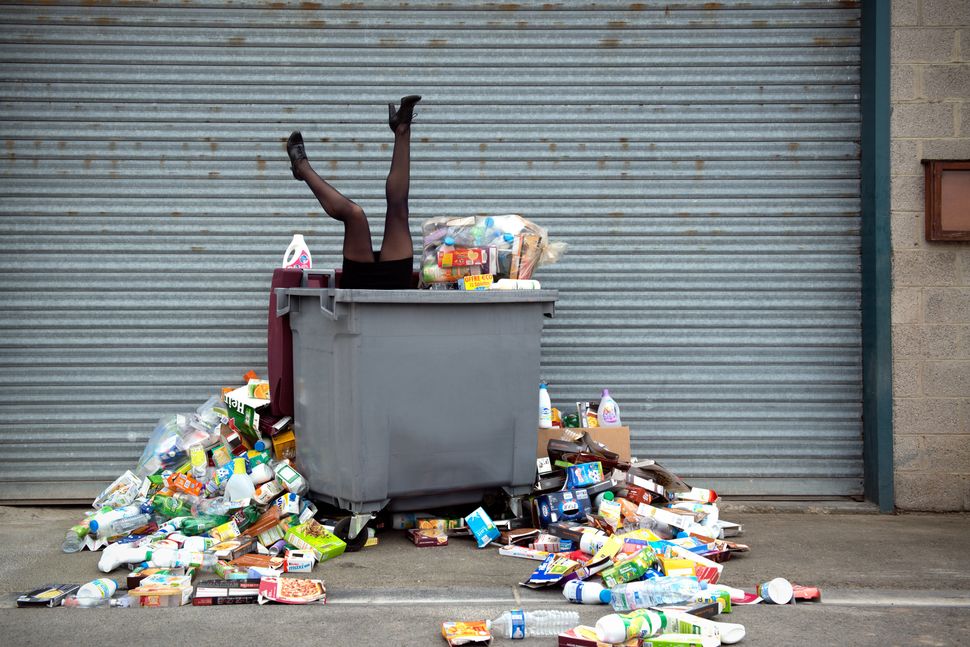
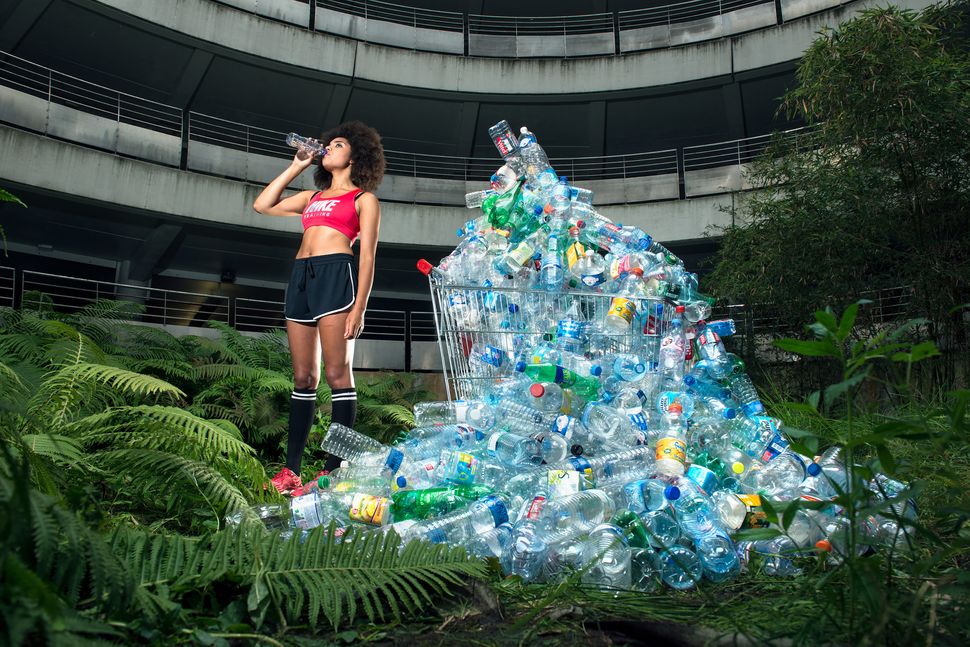
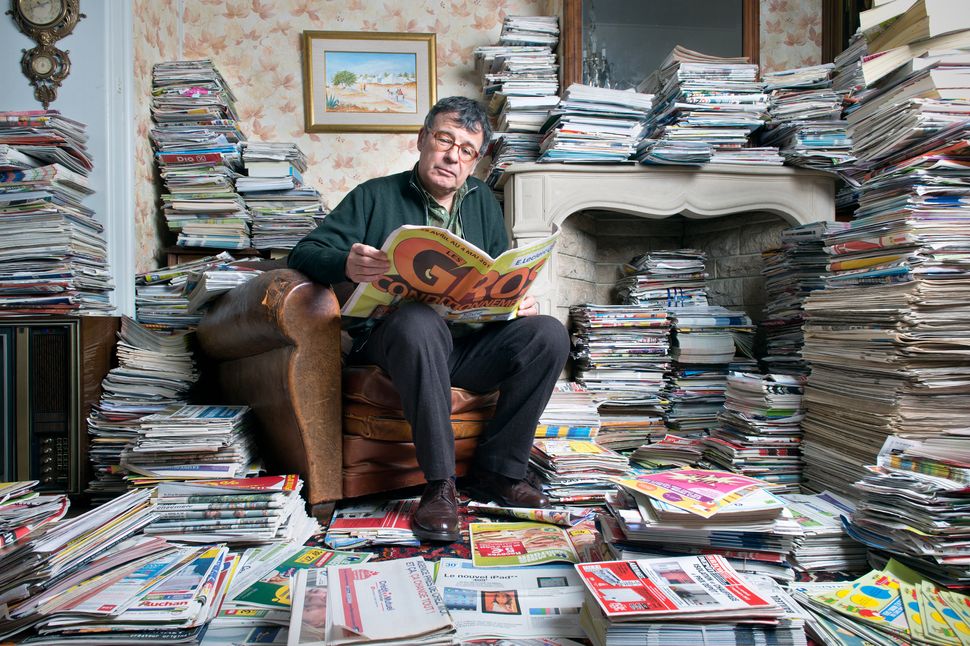
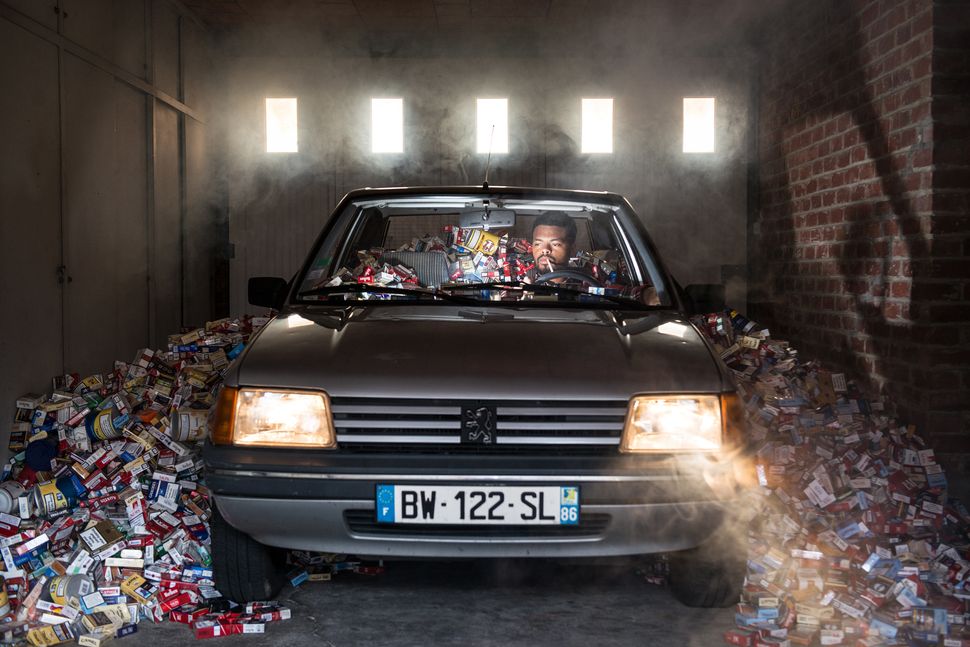
Fonte – The Huffington Post
Boletim do Instituto IDEAIS de 07 de julho de 2016
Instituto Ideais
www.i-ideais.org.br
info@i-ideais.org.br
+ 55 19 3327 3524





Este Post tem 0 Comentários